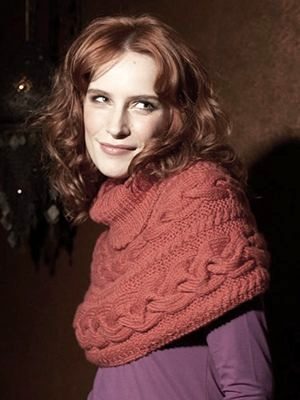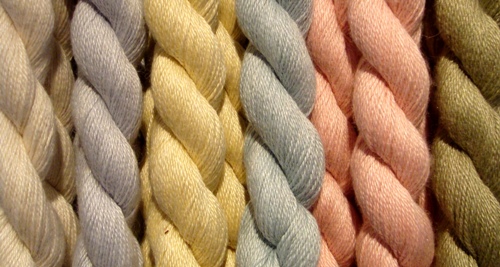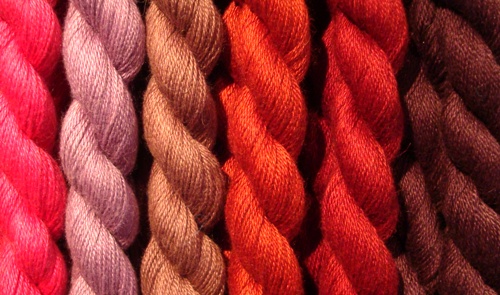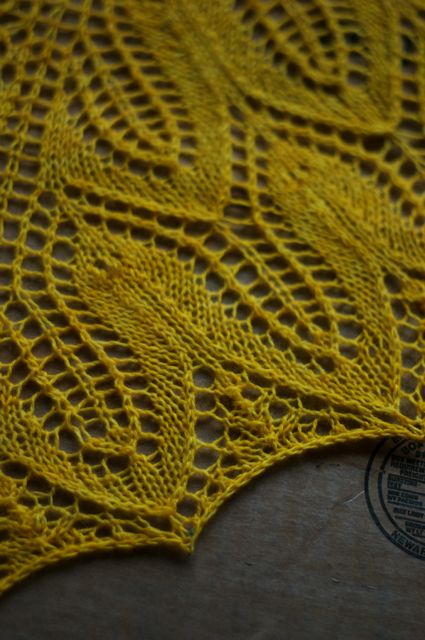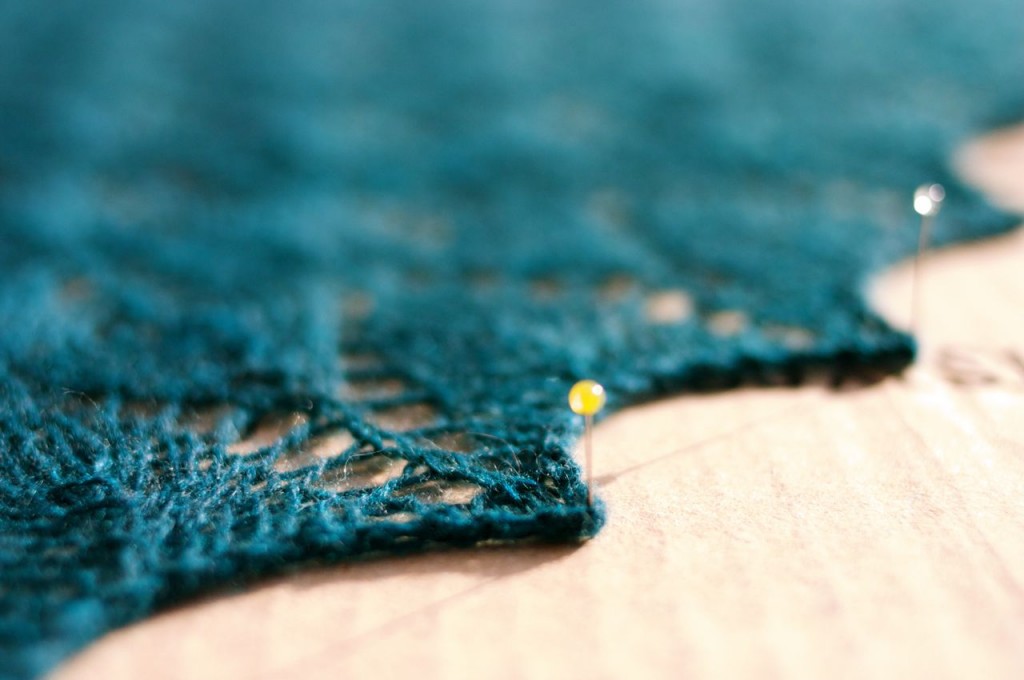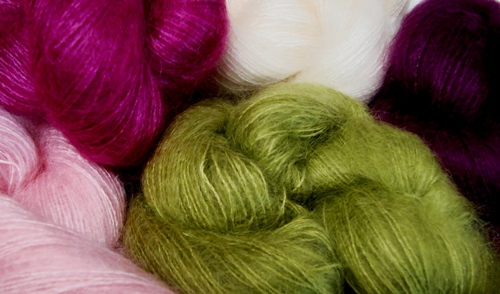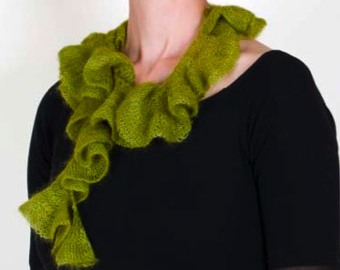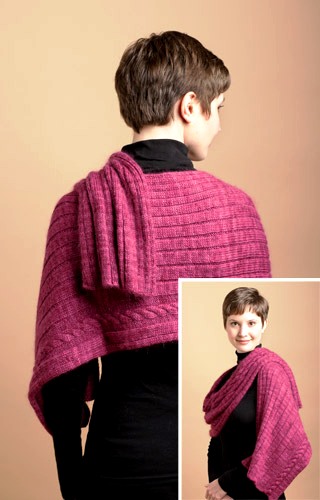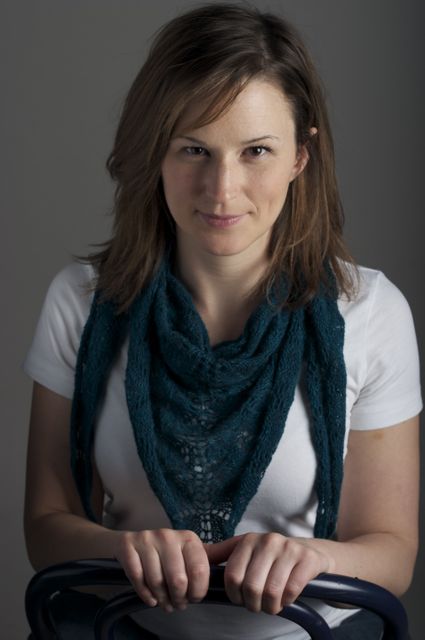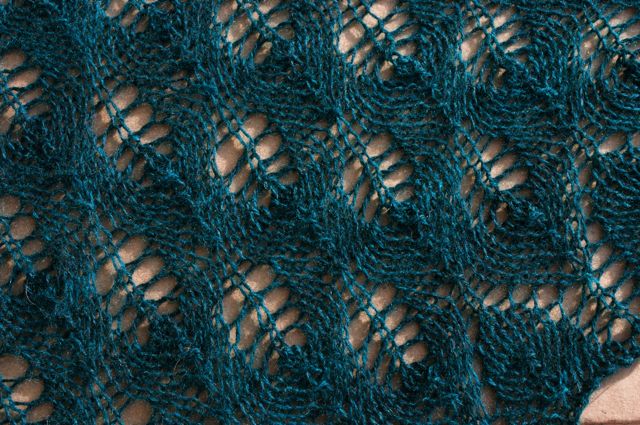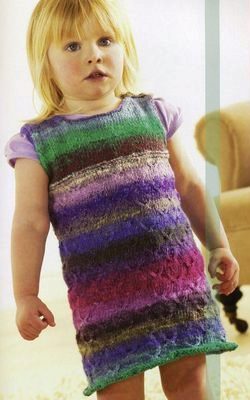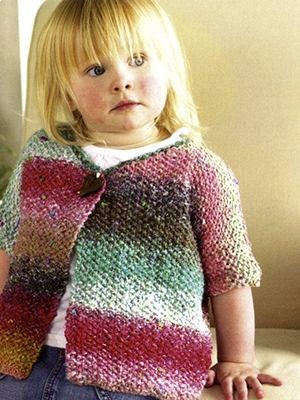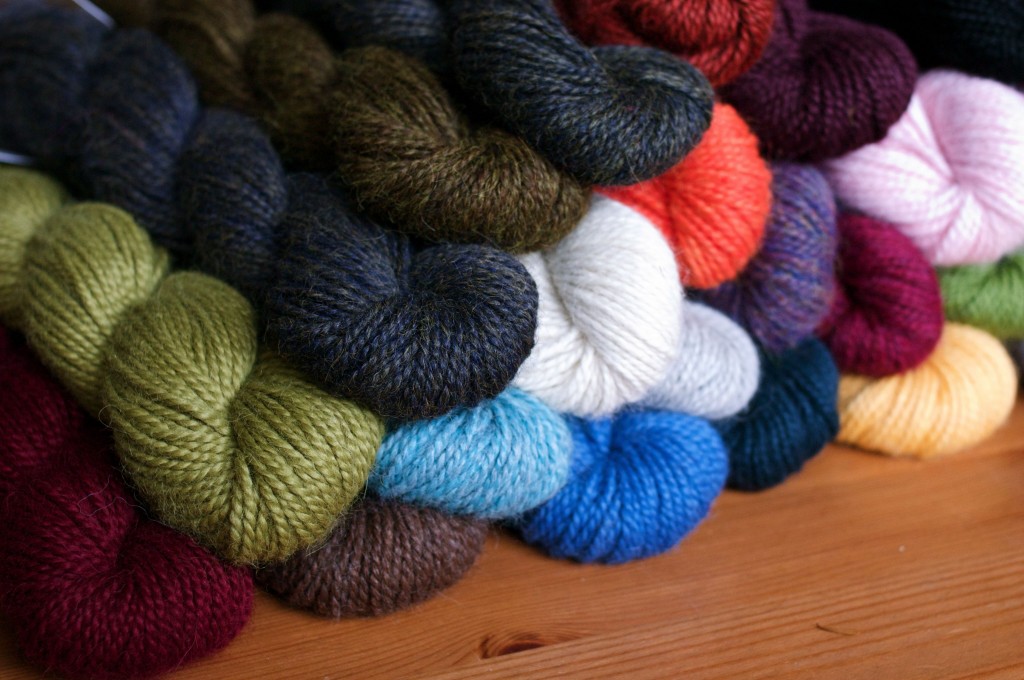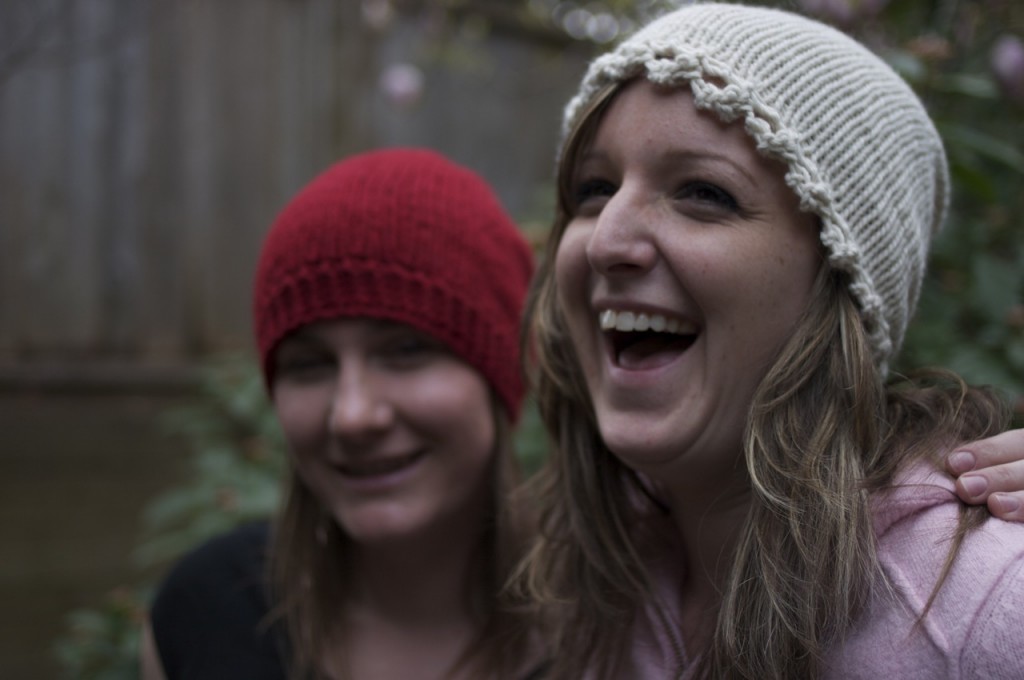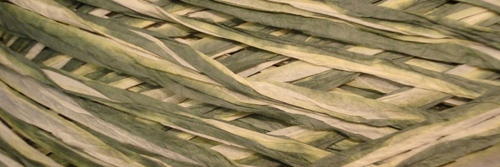There’s still time to sign up for classes in both stores!
Point Grey Classes:
If you’re thinking of learning to knit, you’re going to want to sign up for our Beginner Knitting Class with Deanna starting on April 12th. You’ll learn everything from casting on to casting off, and everything in between!
Have you ever needed to know how to crochet a border or an edge, but not you’ve not known how? Deanna will teach you everything you need to know about getting started with crochet. Beginner Crochet is a four week class starting on May 10th. A great book for reference with this class is the Happy Hooker, by Debbie Stoller!
Making Knitting Possible is a class that Astor has put together to help you get started and feel comfortable knitting. This class will be running for four weeks starting on May 6th. Astor is also going to be doing a knitting retreat on Bowen Island in May. For more information, you can visit her website and get in contact with her!
Our next Sock Boot Camp will take place on Wednesday April 14 from 6:30-9:30. In this 3 hour intensive class, Jackie will teach you everything you need to know about knitting a sock… and you’ll even have time to knit one – a mini sock that is! I’ve taken this class, and I highly recommend it!
Alexa will be teaching a great Skirt class this Spring, starting on April 2oth! You will learn how to knit a beautiful A-line skirt with a lovely lacy hem. This is a great class to take if you want to learn how to take measurements for a skirt that fits you just right!
If you’ve taken our Beginner knitting course and want to move on to something a bit more challenging, our Beyond Beginners Class is the one for you! Sandra will guide you through the process of your project, along with great tips, pointers, and new techniques. Our next Beyond Beginners class will start on Thursday April 22 and run for 4 weeks.
Erica is going to be teaching a great class on Amigurumi crocheted creatures starting on April 18th. If you haven’t heard of amigurumi before, or don’t know what it is, take a look here. This is sure to be a fun class!
Yarn 101 is a great workshop to familiarize yourself with Urban Yarns, the yarns we carry, and how to pick out yarns, needles and patterns. It’s a great informative class which takes place on the third Sunday of every month. Our next session is on April 18th.
Tunisian Style Crochet is a hybrid between knitting and crocheting. If you haven’t heard of it before, here’s your chance to learn! You’ll be working with a 19mm Tunisian style crochet hook and a variety of yarns of your choice. Once you’ve got the technique down, you can make all sorts of things like blankets, scarves, and pillows. Kalin, who will be teaching this class, taught me this technique in the fall, and have yet to put my crochet hook down! The date is to be announced, but if you’re interested, please give Kathleen a call at the Point Grey store.
Point Grey also has two Question and Answer sessions to chose from. Astor is here from 8:30-9:30am or 10:30-11:30am on Wednesdays, and Alexa will be available on Friday evenings from 5-6pm to answer all of your knitting questions. For either of these sessions we require that you sign up two days in advance.
Stitch and Bitch will continue on Friday nights from 6-9pm with Alexa. A great time to sit, relax, and knit with other follow knitters in the community!
Edgemont Classes:
Jess will be teaching two classes in April. On Tuesday April 13th, we’ll have a Sock Boot Camp from 6-9. And on Tuesday April 20th, she will be teaching Continental Knitting. This class is designed for people who know the basics of knitting, but want to learn another way of doing it!
Beyond Beginner Knitting will also be taking place in Edgemont with Sandra starting on Wednesday April 21st. A great class to follow the Beginners Knitting.
On Friday April 23rd, Erica will be starting the Beginner Crochet course. She will show you everything you need to know to get started on your first project. Again, a great book for reference with this class is the Happy Hooker, by Debbie Stoller!
And last but not least, Donna will be starting the Sahara class on Tuesday April 27th. If you haven’t seen Sahara, take a look here. This is going to be a really popular class!
If you don’t see what you’re looking for, let us know and we can customize a private lesson just for you! For more information, or to sign up, you can come in or call either store (Point Grey: 604-228-1122, Edgemont: 604-984-2214). Happy Learning!
Our Weekly Special this week at 40% off is Debbie Bliss Fez, a super soft camel/merino mix. Fez has great stitch definition which is perfect for the cabled Shoulder Cape below.
